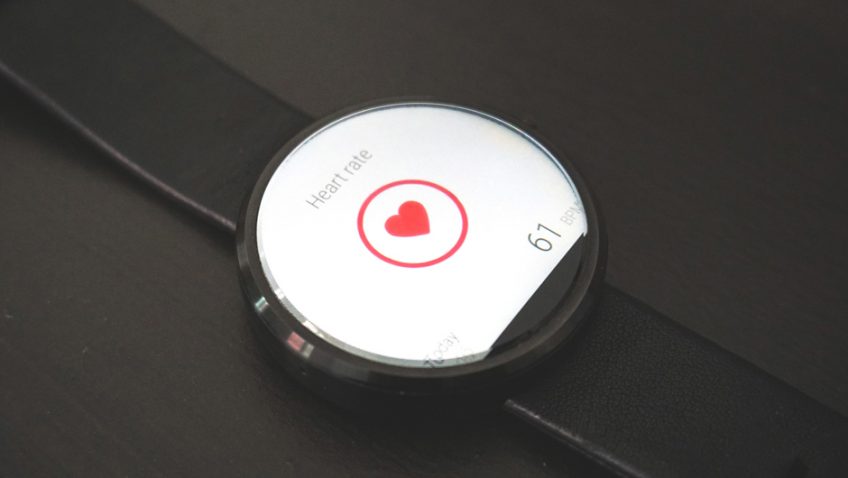The healthcare industry has traditionally been incredibly slow at adapting and keeping up with transformational trends. However, breakthroughs in affordable technology – both wearable and industrial – implementation approval, regulatory acceptance and patient involvement, all have the power and potential to significantly change the healthcare sector and the experiences it can offer its patients and consumers.
For all the great technological innovations born from this industry, relationships are still most important, so will patients actually trust a system that moves from human face to face contact to digital-driven care?
Devices such as long handled reachers, jar openers and bath seats can make a task easier to perform. These are low tech, relatively cheap and low maintenance but can still make a big difference to how easy it will be to live in your current home without having to rely upon others.
‘Electronic AT’ includes more sophisticated equipment such as stair lifts and home automation devices which can be programmed, for instance, to switch lights on and off automatically when a person enters a room.
It also embraces ‘telecare’, and any telecare device will provide a remote means of supervising and monitoring a person at home. Many of us will already be familiar with telecare and systems range from pull cords and pendants – which are activated in an emergency – through to an outside agency making regular telephone contact to make sure you are safe and well.
Technology, of course, is advancing all the time, and a sophisticated array of devices is now available that can constantly monitor your vital signs and alert a call centre should you need medical assistance.
With so much emphasis now on social care, technology in the home is being talked about more than usual as the industry works to find answers for the lack of provision.
In an interview with David McKinney, Managing Director of Tunstall UK, he makes some interesting points:
“One of the challenges facing Connected Healthcare services, is the lack of awareness from some health and social care professionals, housing providers and consumers around what technology solutions are available, how to access them and what the benefits are. However, the last month has seen some great stories around what technology in the home can achieve. So, we need to be considering how we can raise the profile of technology solutions with perhaps more grants for technology to help older adults and people with disabilities stay at home and remain independent for longer.
Reducing the bed blocking crisis
“Recently Digital Health Age highlighted how bed blocking can be reduced by introducing technology solutions in the home. It’s a big issue, with 197,100 days of bed blocking reported in January 2017 compared to 159,600 in the previous year.
Supporting carers with technology
In a recent BBC programme, Victoria Derbyshire focused on dementia, and how a rising number of carers are now giving up their own lives to look after ageing parents in their homes instead of putting them into care. With 6 million people in the UK giving up their full-time jobs to look after sick or ageing relatives, we need to ensure the technology that can give them the support they need is being made available.
So, you can imagine how happy we were to see a toolkit for carers published by the Department of Health and Carers UK, highlighting the variety of technology solutions such as; assistive technology, remote consultations, health monitoring and socialising technologies. It goes into detail about what they are (with videos) and then, importantly – how to get them.
It gives me hope, we are getting there – more people recognise the importance of technology and the need to integrate it with models across the health, housing and social care landscape. Maximising technology provides more choice and better outcomes for service users, carers, family and friends. I look forward to what else is said around technology solutions, social care, health and housing in the run-up to the election and beyond.”
Carers UK
A poll commissioned by Carers UK as part of this work shows consumers are missing out on the benefits of technology when it comes to supporting health and care needs. Though 7 in 10 of adults online across the UK use technology to help them manage their money (72%), shop (71%), for social networking (67%) and for communicating (66%), less than 3 in 10 (29%) turn to technology when it comes to helping with health and care. Those aged 45 – 54, the age people are most likely to be a carer, and those over 55 were less likely than other age groups to be using technology to support with care. Men were significantly less likely (25%) than women (33%) to use health and care technology.
The findings were consistent across generations with young and old, social media users and middle and working class respondents all reporting very low use of health and care technology. Although regular use of the internet continues to rise steadily with more than 8 in 10 of people going online daily, the numbers using technology to support with health and care remains stubbornly low: research carried out in 2013 by Carers UK found the same proportion of people (30%) then were embracing health and care technology. Other research by Carers UK shows that caring can have a significant impact on people’s lives, increasing worry and stress, increasing the likelihood of ill-health, reducing time with other family and friends and often placing a strain on people’s ability to juggle work and care.
One of the key issues is persuading people being cared for to adopt technology – any technology sometimes – is explaining how technology can move users from the “deficit approach” to one of enabling people to live longer and better lives.






